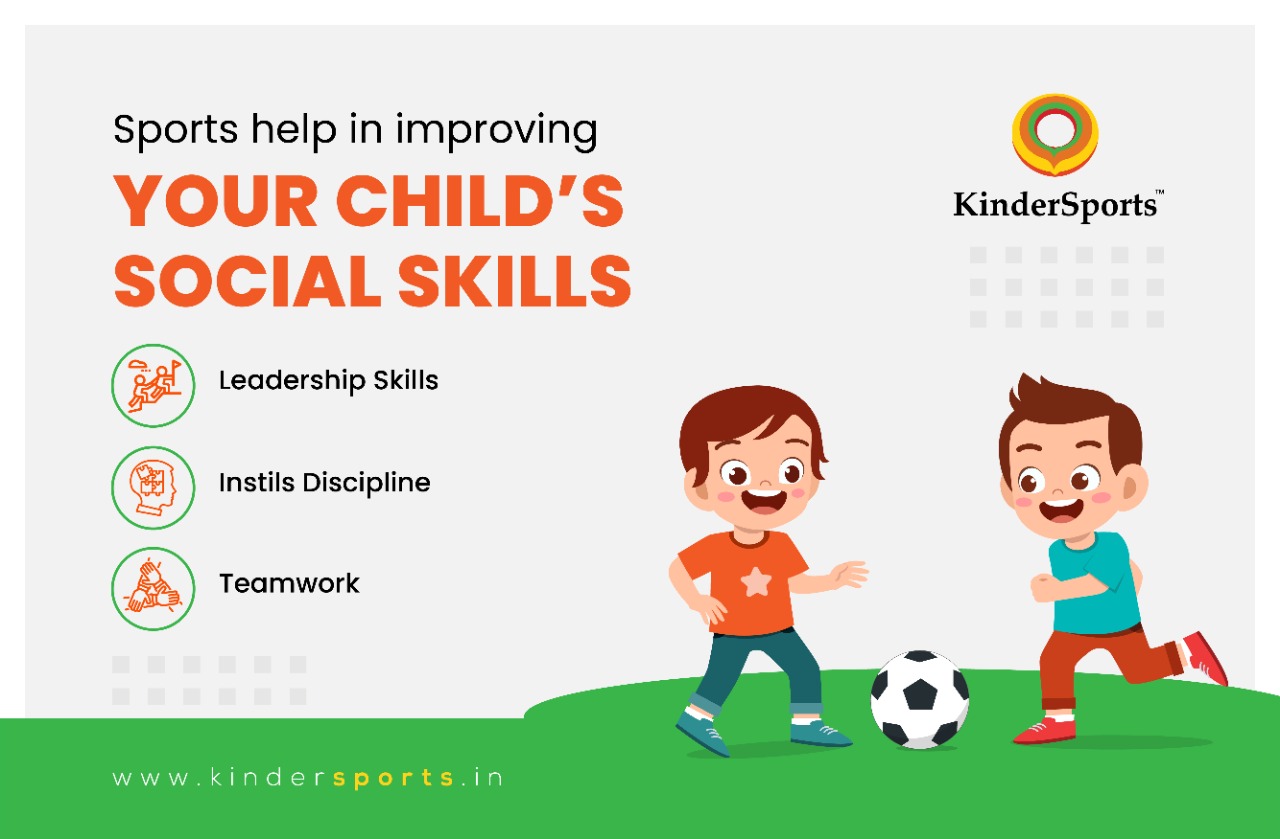Gymnastics has a long and rich history. It began in Greece and has been around for more than 1000 years! Gymnastics is a great exercise to keep your kids healthy and active. Here are some fun facts that you may not know about Gymnastics –
Gymnastics was used to train men for war!
Yes! You heard it right. Philostratus was the first person to have documented the sport. Men used to practice gymnastics to prepare them for war.
Did you know that in Ancient Greece, physical fitness was an attribute that was valued highly in both men and women? After the Romans conquered Greece in 146BC gymnastics was more formalized and used to train men in warfare.
Women’s gymnastics competitions began in 1936 –
Men began competing in the Olympics for Gymnastics in 1896 in the modern Olympic Games. While gymnastics for women began in 1936 with the introduction of an all-around competition it wasn’t until 1952 that it was given the importance of separate events!
Father of Gymnastics –
Friedrich Ludwig Jahn is known as the father of gymnastics. He was an ardent believer in physical education being the cornerstone of strength and national health that builds a national identity. He invented the rings, balance beams, parallel bars, horizontal bars and the horse. The horizontal bar later went on to become the standard equipment used for gymnastics. He’s believed to have established a strong following of young men and adults into the first gymnastics club of 1811.
International Gymnastics Federation –
The oldest organization dedicated to sports is gymnastics! Founded in the year 1881 in Belgium and has its headquarters in Switzerland. Originally called the European Federation of Gymnastics, the organization had 3 founded members – France, Netherlands and Belgium. The federation set in place the Code of Points that regulate how a gymnast’s performance should be scored and evaluated. The FIG governs in total 7 gymnastics disciplines Men’s artistic gymnastics, women’s artistic gymnastics, aerobic gymnastics, rhythmic gymnastics, trampolining, double mini-trampoline, tumbling, parkour.
Individual Trampolining is considered a recreational activity –
Trampolining involves a series of aerial skills and a total of 10 jumps that are performed on the trampoline. The level of difficulty and the length of a gymnast’s performance determines the gymnast’s score. Individual trampolining was added to the roster of Olympic gymnastics in the year 2000.
The perfect 10 doesn’t exist!
14year old Nadia Comaneci took everyone by surprise as she managed to score 3 10’s from the judges in the Olympic Game of 1976. Since then, gymnasts around the world have always strived to achieve that perfect score until the year 2006 when the scoring model changed that has since received heavy criticism.
Gymnasts begin and end their career early –
Did you know that aspiring gymnasts begin training when they’re as little as 2 years old! They start their training early because the sooner you start the chances of you developing your balance, flexibility, coordination will increase. Earlier rhythmic gymnasts used to retire by the time they were 22 years of age. However, there are many gymnasts now that still train and practice gymnastics well after the age of 22.
The Soviet Union has the greatest number of medals in Gymnastics!
The Soviet Union holds the record for the highest number of medal-winning gymnasts in the world! This is true for both categories of men and women gymnastics.
Gymnastics use chalk to improve their game –
Many of you may not know this but gymnasts use chalk as it absorbs moisture, helps reduce friction, allows for a smooth spin and helps reduce the risk of injury to their hands.
Gymnasts train on an average of 20 hours a week!
Being a gymnast isn’t easy. Professional gymnasts will spend hours upon hours training and perfecting their stunts. Gymnasts are known to practice for more than 20hours in a week!
Gymnastics is a very interesting sport, one that has a rich and long history. Becoming a professional gymnast isn’t easy and therefore not many people will enrol their children on this sport.



